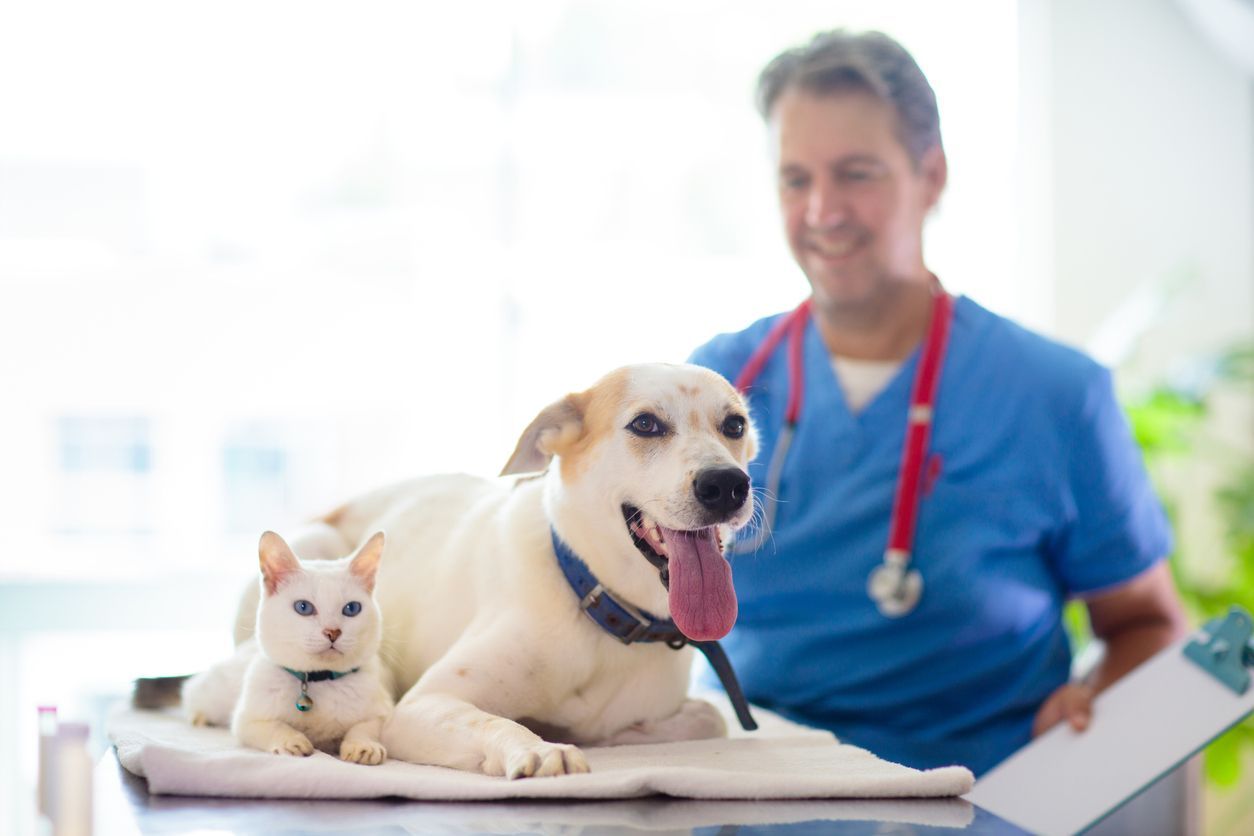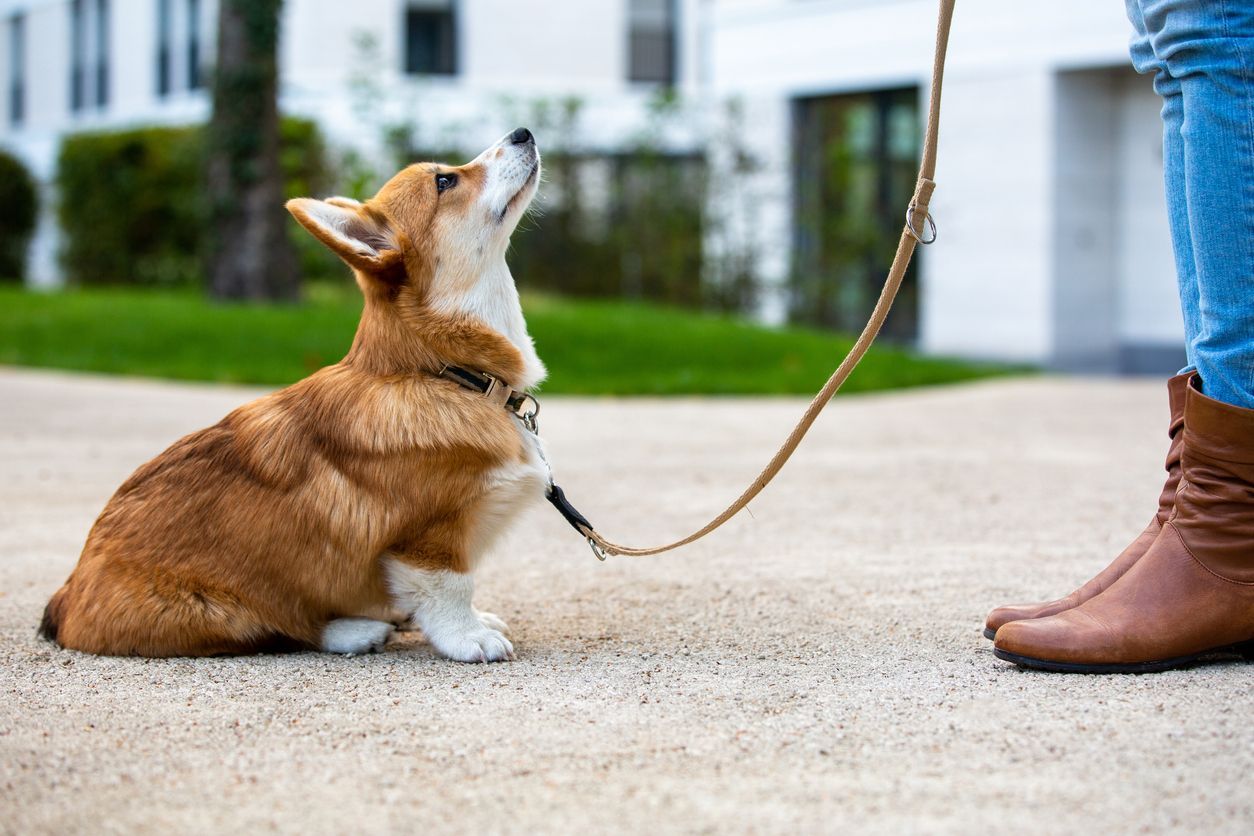How much does pet insurance cost for my dog or cat?

One of the most important things a pet owner can do for their furry friend is to get them pet insurance. While no one wants to think about their pet becoming unwell or getting injured, it pays to be prepared. In fact, veterinarians frequently recommend pet insurance as a cornerstone of your pet’s health. Read on if you have a pet and have ever wondered:
- Why do I need insurance for my pet?
- What is the best time to insure my pet?
- How much does pet insurance cost?
- What affects the cost of pet insurance?
Most insurance only covers injuries or illnesses that occur after the policy was purchased, so holding off on taking out a policy until the moment insurance is needed is not recommended. The cost of insurance can range greatly depending on your pet's health and age, as well as a number of other factors, but the average cost for dog insurance is around CAD $55 a month, while insurance for a cat is typically about CAD $34.
Why is pet insurance advised?
A good pet insurance policy gives owners peace of mind by ensuring that, whatever health issues their animal may face, their pet’s health care is affordable. Owners who invest in pet insurance won’t have to worry about large medical bills when their beloved pet is in need of treatment and can opt for gold standard care every time, which gives their pet the best chance of recovering in an emergency. Considering that surgery to repair a severe fracture can cost several thousand dollars, not everyone can afford to pay emergency vet bills.
Insurance also covers the bill when an animal develops a long-term health condition. A diagnosis of something like diabetes can be very upsetting and also quite costly. Knowing that monthly bills for prescriptions and regular blood tests are covered lifts a huge weight off the shoulders.
Do veterinarians benefit from recommending pet insurance?
Most vets discuss the importance of pet insurance the first time they see a pet in their clinic, leaving some owners to wonder why their vet is so keen for them to take out a policy.
It’s important to note that vets are not associated with insurance companies. They do not receive compensation when a policy is taken out, nor do they charge a higher cost to pets who are insured.
Veterinarians simply want the best for your pet. Year after year, too many uninsured pets go without the treatment they need because it wasn’t affordable for the owner.
When a pet is insured, it gives a vet the chance to provide the gold standard, or best care without worrying about saving costs and cutting corners for an owner who is financially concerned.
For a vet, discussing costs and estimates with an owner who is worried about their unwell animal is challenging, but the conversation is necessary and the topic of cost is much easier to address when an owner is insured.
When is the best time to insure a pet?
A good breeder is aware of the importance of pet insurance and sends their pets away with some form of insurance policy. Insuring your pets young also helps cover the cost of any conditions found during their first checkup. The management or treatment of these conditions can prove costly, and is an added worry for a new owner.
Ideally, polices for rescue pets and older animals are taken out on the day of rehoming. Some of the better animal shelters will even cover the cost of a pet’s medical bills when they are rehomed with a long-term medical condition.
An animal is never too old to insure, but the earlier an owner takes out insurance for that pet, the less it will cost.
How much does pet insurance cost?
There is no simple answer to the price of pet insurance, and costs can vary wildly from one patient to the next. While a young domestic shorthair cat with no medical issues may cost $15 a month to insure, an elderly German shepherd with diabetes and arthritis could cost ten times that amount.
The average cost of dog insurance is around CAD $55 a month, and pet insurance for a cat is closer to CAD $34 monthly.
Why pay more for my insurance policy?
Investing in the cheapest insurance is rarely a good idea. There are a few important considerations to take into account when choosing your monthly fee, including:
Excess
The excess payment is the amount you need to pay each time a claim for a brand new condition is made. The cost of each claim is a set fee that ranges from CAD $69 to CAD $344. All policies come with excess fees, which ensures owners don’t claim for simple medical issues such as blocked anal glands or minor ear infections.
Most policies require that the excess is funded once a year for each medical condition. So, if a condition such as diabetes is claimed over a period of five years, the excess for that claim will ultimately be paid out five times.
Opting for a higher excess typically brings the cost of premiums down. The same is true of the reverse. So remember that although choosing a high excess means the policy costs less in total, money might not be saved in the long run.
Limit
A limit is the maximum amount an insurer pays per condition. This is usually several thousand dollars. A minimum limit of CAD $6,890 (depending on the patient) is generally advisable and covers the cost of most pet emergencies. For an animal prone to slipped discs, like a pug or dachshund, a higher limit of CAD $11,024 or so is usually recommended.
Co-payment
Some policies include a co-payment, meaning you pay a proportion of every claim. Insurers share the cost of a claim as splitting the price encourages many people to keep cost in mind when they visit the clinic. Co-pay policies are also generally cheaper, making them a more affordable option for many pet parents.
In some instances, a co-pay policy is the only option for a pet who is elderly or has multiple medical issues.
What affects the cost of pet insurance?
Similar to insurance for a home or car, the cost of pet insurance varies depending on several factors.
The Insurer
The company providing the policy largely influences cost. Owners benefit from shopping around for an insurer that best suits their needs, and insurance comparison websites are a good place to start. These websites compare policies across various insurers, and give pet owners a better idea of the range of available policies.
Species
Whether you’re insuring a horse, cow, rabbit, or dog, the price varies. This reflects the value of the animal, as well as the cost to treat them. A guinea pig that rarely needs an MRI, for instance, won’t cost as much to insure as a dog.
Age
Younger animals are normally healthier and require less veterinary intervention. For this reason, the younger a pet is when insured, the cheaper the policy tends to be, which makes insuring a pet at a young age, and keeping them with the same company, a worthwhile investment.
Owners of older pets may find them difficult to insure, as insurance companies can decline to insure a pet that they believe may amass large payouts.
Breed
Some breeds are naturally more inclined to illness and congenital disorders than others. As a rule of thumb, mixed breeds are usually the cheapest to insure as they are less prone to genetic and congenital disease.
Some of the most expensive breeds to insure are short-nosed cats, such as Persians, and pugs, German shepherds, Great Danes, and English bulldogs. Ultimately, these are some of the animals that incur the highest medical bills over their lifetime.
Preexisting health issues
Insuring pets who have ongoing medical issues is notoriously difficult, as insurers do not want to take on the financial weight of a costly pet. Naturally, an insurance company’s aim is to make a profit if possible, so a pet who needs ongoing medical care is more likely to have an expensive policy.
Type of coverage
The most common types of pet insurance are annual and lifetime policies.
A lifetime policy covers your pet for the duration of their life should they develop a condition that needs ongoing treatment such as hormonal disease, heart disease, or skin infections.
An annual policy covers the cost of treatment for 365 days after purchase, but doesn't cover any injuries or illness that extend or begin beyond that year.
There is also “accident only” insurance. As the name suggests, accident only insurance covers your pet for injuries but not illnesses. This is the cheapest and, consequently, riskiest policy to purchase.
Are there benefits to not insuring a pet?
The most obvious benefit to skipping insurance is avoiding the monthly policy fee. For some lucky owners, this tactic saves money in the long run, but choosing not to invest in an insurance policy is taking a gamble. For every healthy dog, there is another who develops a serious medical condition.
Some owners decide to put away the money they would have paid for insurance in a savings account, but the amount of money saved is finite, and there may not be enough put aside when the time comes to use it.
What are the drawbacks of pet insurance?
While insurance is hugely beneficial to have, it comes at a financial cost. For most, this is a monthly fee. When you consider the other necessities of pet ownership such as food, grooming, and boarding, the bills quickly add up. Some pet owners find that a monthly insurance payout on top of other expenses is hard to fund, and sometimes a policy is not what the owner thought it was. Misinterpreting insurance policies can cause a great deal of frustration, especially when you believe certain vet fees are covered only to later discover they are not. Typical medical care that is not covered by pet insurance includes:
- Neutering
- Dental procedures
- Routine care (such as vaccines and dewormer)
- Grooming and claw clips
- Treatment for pre-existing conditions (unless the policy explicitly says they are covered)
- Routine checkups
- Microchipping
- Costs related to pregnancy and giving birth
Unexpected benefits
While owners typically take out insurance to cover the cost of medical bills, policies can fund a range of other services. Many pet insurers also pay toward things like:
- Providing a reward for finding a lost or stolen pet
- Compensation owed when a pet destroys property or injures a person or animal
- Boarding fees if the owner become unwell
- Cancellation costs for a holiday, if a pet needs lifesaving treatment
- Euthanasia, cremation, and burial
Not every policy covers all of the above and owners need to check the small print to know exactly what their insurance covers and what it does not.
Key Takeaways
- Pet insurance provides you with the peace of mind of knowing your pet’s health care will be affordable in any situation.
- More robust plans allow you to opt for gold standard care, which gives your pet a better chance of recovering.
- Insuring pets when they’re young helps cover the cost of any conditions found during their first checkup.
- There are many insurance options available. If you do your homework, you can likely find something within your budget that meets your pets needs.






